In this video we’re going to do a case study for museum digital signage thanks to our client, The Wild Center who agreed to provide us with information about how they’re using our tools and products to set up their museum digital signage. Here are the details in their own words as to how they use their system for communicating with their attendees.
The Wild Center is a 115-acre hands-on place to get all kinds of new perspectives on the wild world of the Adirondacks. The Wall Street Journal called The Wild Center “Glorious” in its review, and The New York Times called it “stunning”. The Center has live animals, an immersive sound experience in the woods, a wide-screen theater, canoes and stand up paddleboards, guided nature walks, tons of cutting-edge green building systems, and the only treetop walk in the Adirondacks. The Wild Center provides an invitation to explore, and a promise that – whoever you are – you’ll find it well worth the effort.
The traditional way of showing their schedule was with a printed sheet like the one below.
The Museum has multiple activities every day and we were communicating them to our visitors through a paper handout. Daily creation of the handout was time-consuming and cumbersome using Microsoft Publisher. We needed a solution to create a handout that was simple, flexible and also provided the ability to reduce the use of paper schedules and move to digital signage.
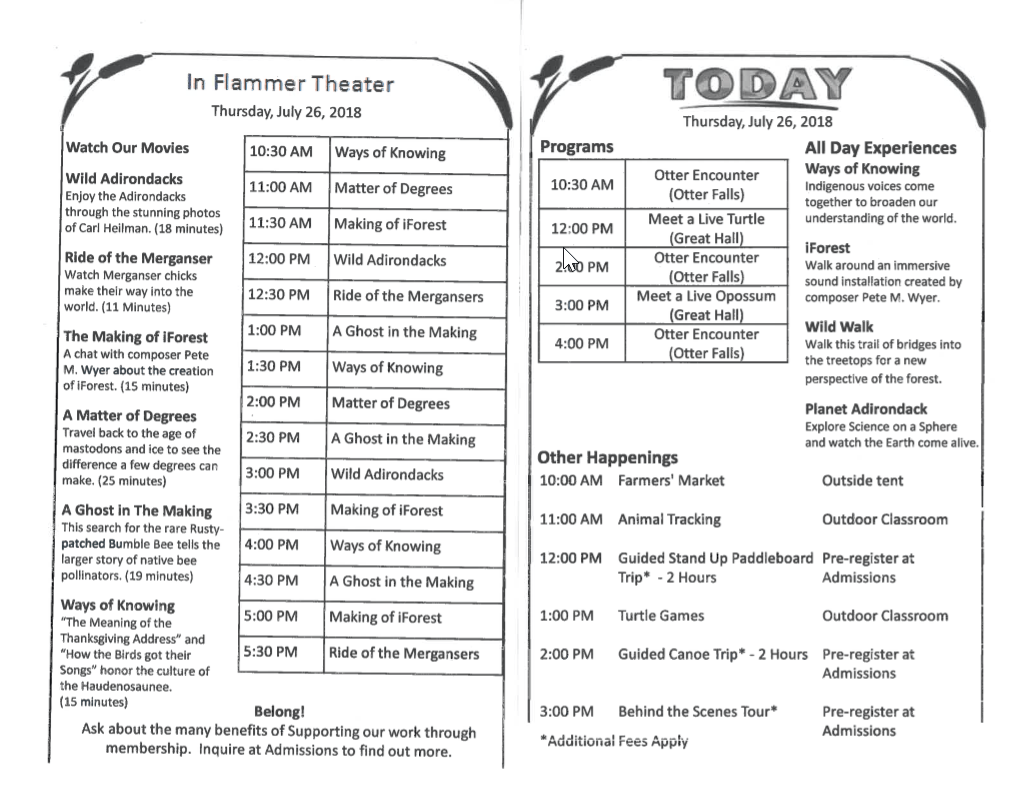
After reviewing multiple digital signage solutions on the internet, we decided to reach out to a couple of vendors. We had several selection criteria in mind as we looked at vendors. As a non-profit, the total cost of ownership was important to us. Some of the products we reviewed had both an initial and recurring component to the cost. It was clear that that model was not going to be a good fit. The second criteria was ease of use and learning curve. Some of the vendors had non-intuitive web interfaces. PresentationPoint utilized PowerPoint and offers integration with Google Calendar. Since the Wild Center already uses both, it was an easy choice.
Here are some pictures of the new museum digital signage created by having monitors throughout the museum.
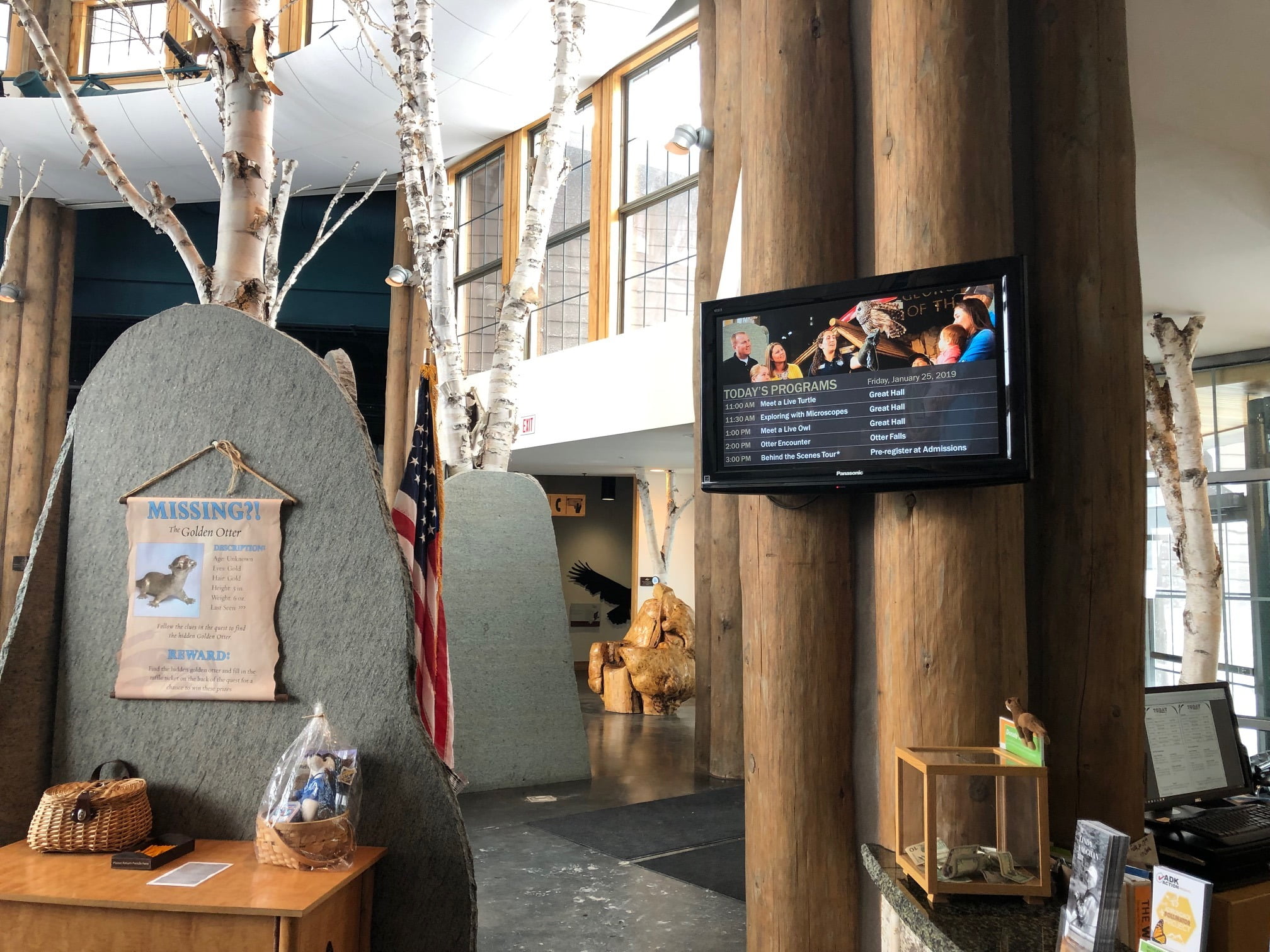
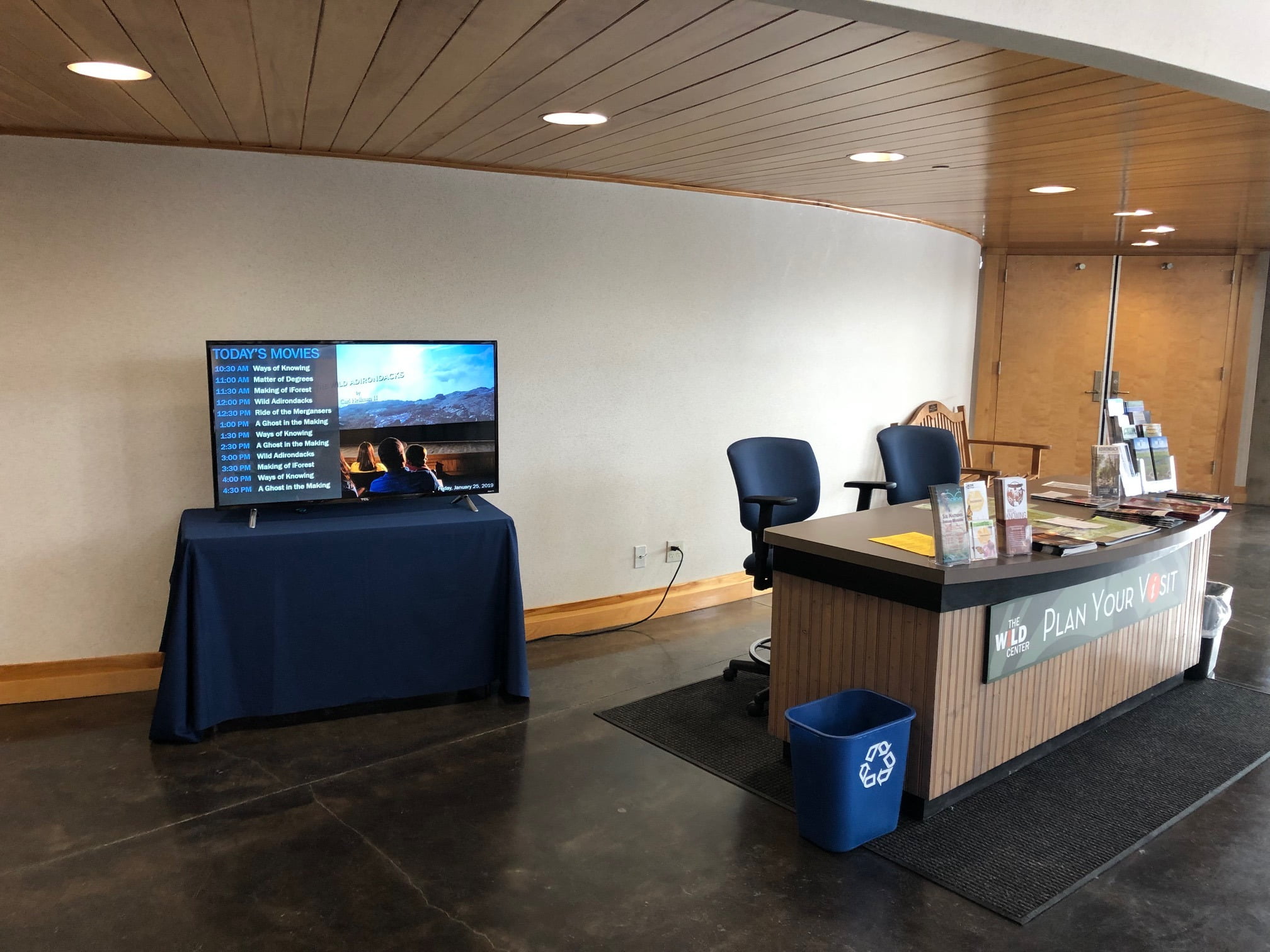
Using the DataPoint software allows us to create a professional looking PowerPoint presentation and link that presentation to a Google Calendar. All the daily events are scheduled within the calendar and last minute changes to the schedule can be made easily in Google Calendar. We have been able to create tables that scale based on the number of events and create a handout that only requires changes to the Calendar. Dates and events are all updated automatically to the handout through the software.
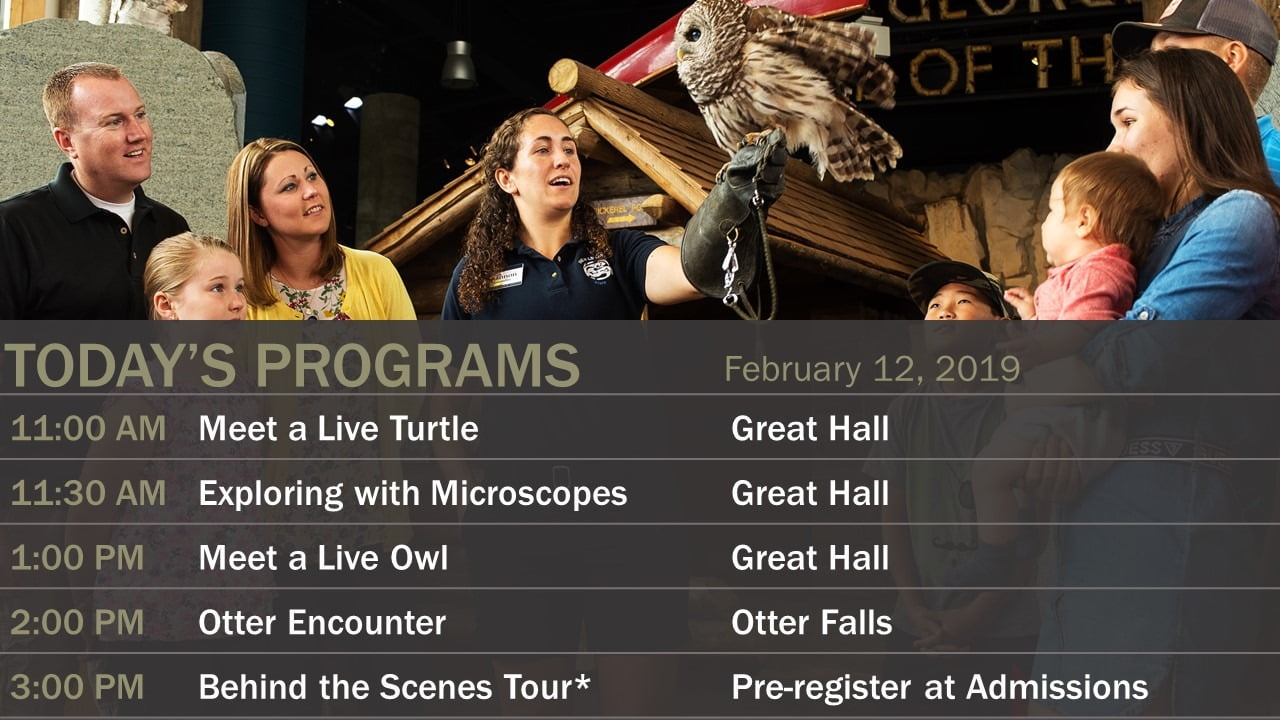
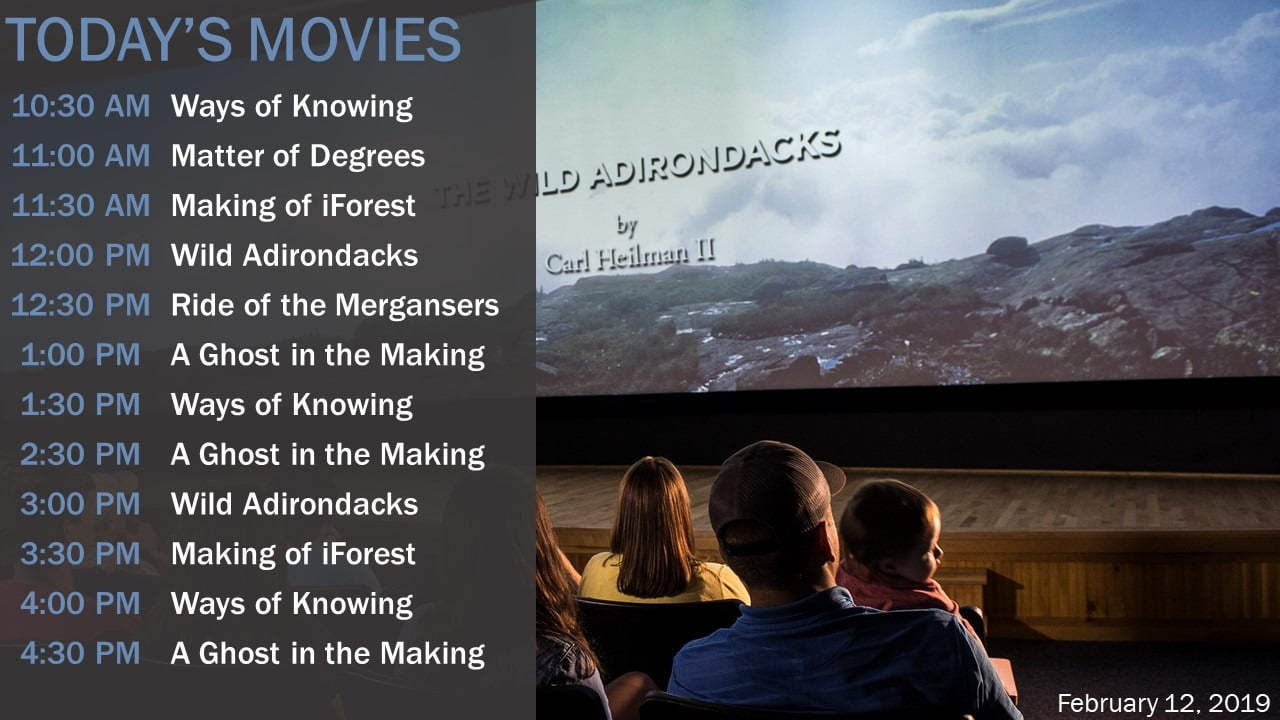
As the second phase of implementation, we are utilizing the data that already exists in the Google Calendar to create digital signage around the Museum at key locations such as the Admissions Desk, Plan Your Visit Table and Cafe.
The third phase of deployment will be moving from a printed daily schedule to generic evergreen schedule on our paper maps and providing the specific details of the activity utilizing the digital signage.
The goal of these changes is to provide more information to our visitors thereby creating a better overall visitor experience.
Want help creating your own museum digital signage or other digital signage for other purposes? Contact us.


